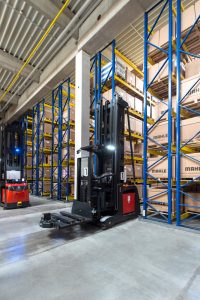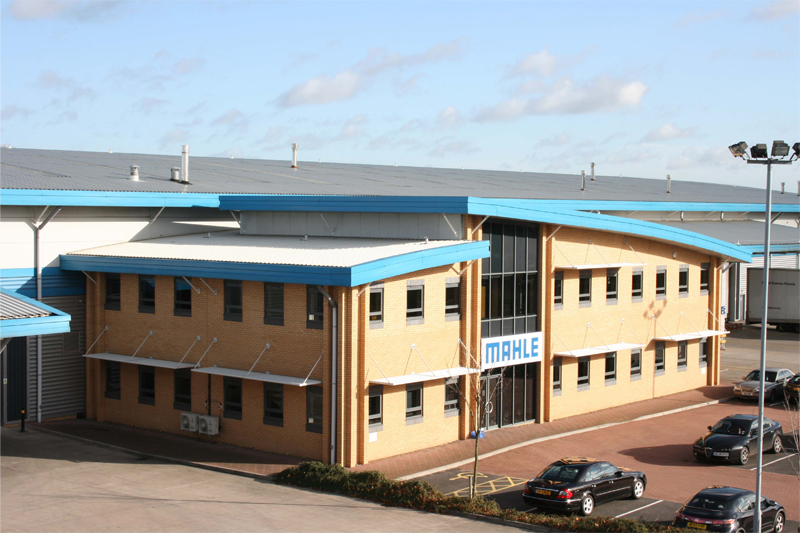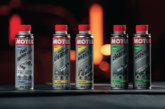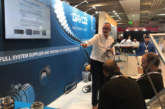When customers need an aftermarket part, they need it fast. Jonathan Walker, Managing Director at Mahle Aftermarket, provides insight into warehouse processes and how the company works to maximise logistics efficiency and meet customer demand.
Q. How does Mahle achieve its level of stock consistency, with popular part numbers specifically? What has changed in the past few years?
Jonathan Walker (JW): In the past few years, we’ve improved on availability by monitoring daily the demand versus stock ratio, which enables us to foresee any problems and prevents us from running out of stock.

Our SAP system works by analysing sales over the past 12 months. Based on this information, it projects a forecast that gives us the insight for what we need to hold. This is key information that enables our distributors to have the right stock available at the point of ordering from garages.
Another improvement that we have implemented in the past two years is to monitor the part numbers that run out of stock. Depending on the frequency, we then increase stock and earmark them for closer monitoring purposes.
By applying these techniques, we have managed to increase the availability levels from 96% to 99% during an 18 month period.
Q. Can you explain the process from when parts arrive at the distribution facility, to how they are stocked and, then how they are distributed to customers and, ultimately, garages?
JW: Once the goods arrive in our UK warehouse, they are booked in the ‘Goods In’ area. The bulk pallets are sent directly to the ‘air’ location and paired with the part number that is located in the ‘ground’ location.
For this reason, product replenishment is simple and efficiently handled, reducing fork lift truck movement in the warehouse.
On the picking side, we use Pick-by-Voice technology which connects with SAP and interacts with the operator instructing him on where to pick. This technology ensures that any errors in picking and subsequent customer issues are kept to a minimum or avoided altogether.
The customers can order up to 7pm and the goods are collected at 10pm the same day by our freight company, which then dispatches all parcels from their hubs where the orders are consolidated, based on the shipping address. They are then delivered next day to our customers.
Q. Is Mahle equipped to fulfil small orders as well as bulk?
JW: Each day, we deliver hundreds of customer orders that are required immediately. Coupled with high volume of orders, we have implemented a Pick-by-Voice method that allows a warehouse operator to select up to nine orders at a time, which has made the process much more efficient. We are currently equipped to select small rush orders with Pick-by-Voice and bulk orders with scanners used by our FLT drivers.
Q. Is there anything parts distributors can do to ensure they are managing their stock inventory correctly?
JW: One of the most important factors in managing a parts distributor’s inventory correctly is to update the system with the correct parameters – these are the minimum and maximum levels – which can vary, based on demand. Some parts are significantly increasing and some are declining in sales, so the system needs to be re-adjusted accordingly to ensure stock isn’t slow moving, therefore using up space and hindering a parts distributor’s turnover.









